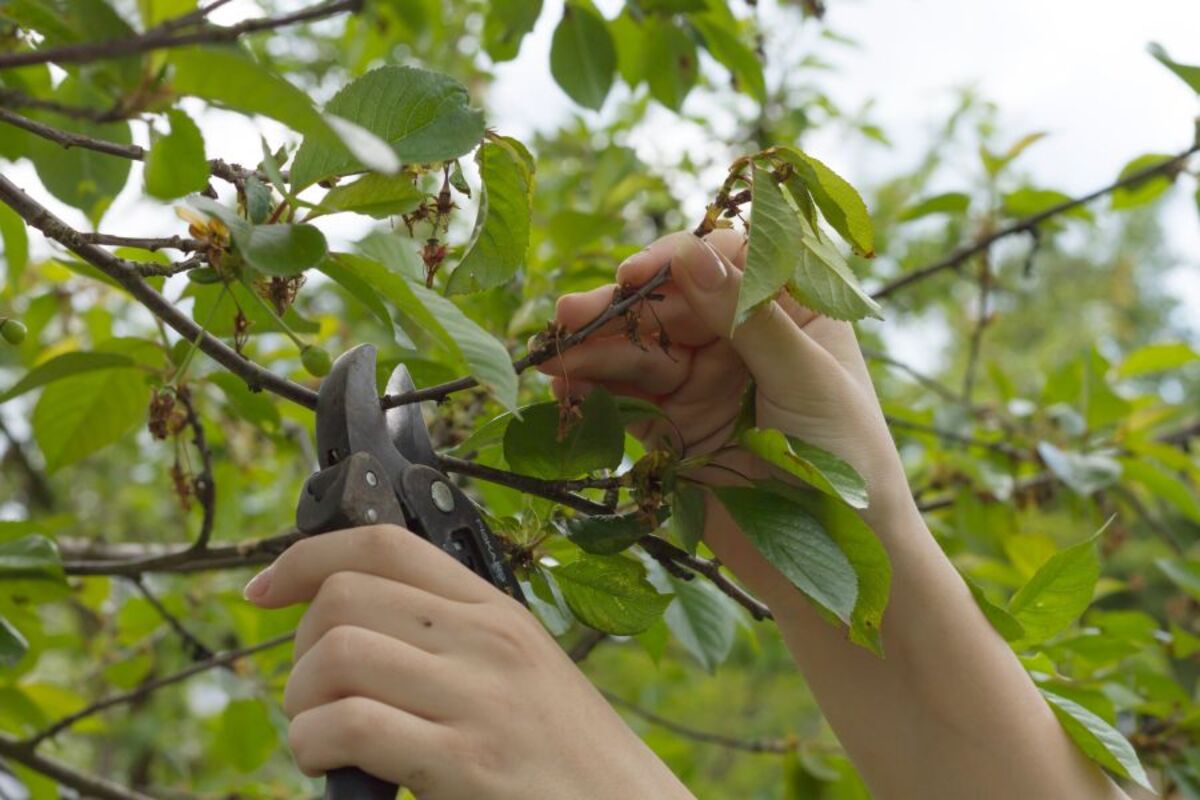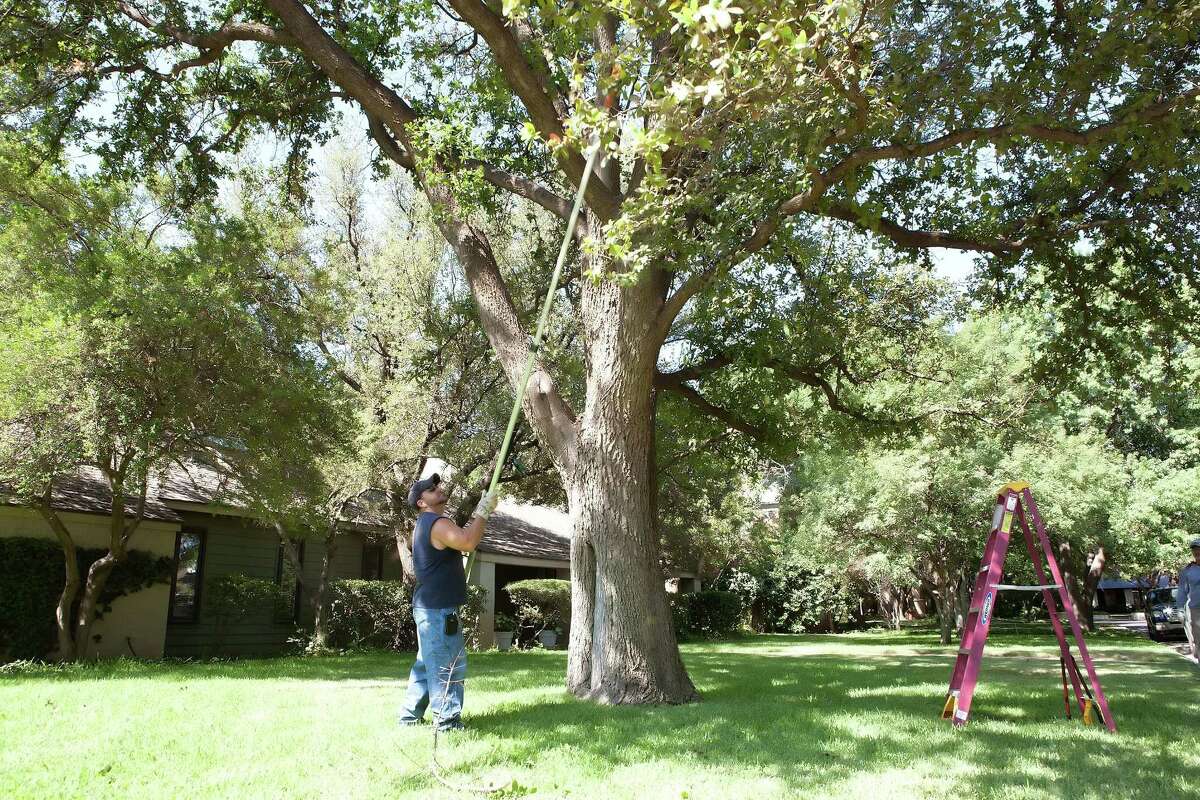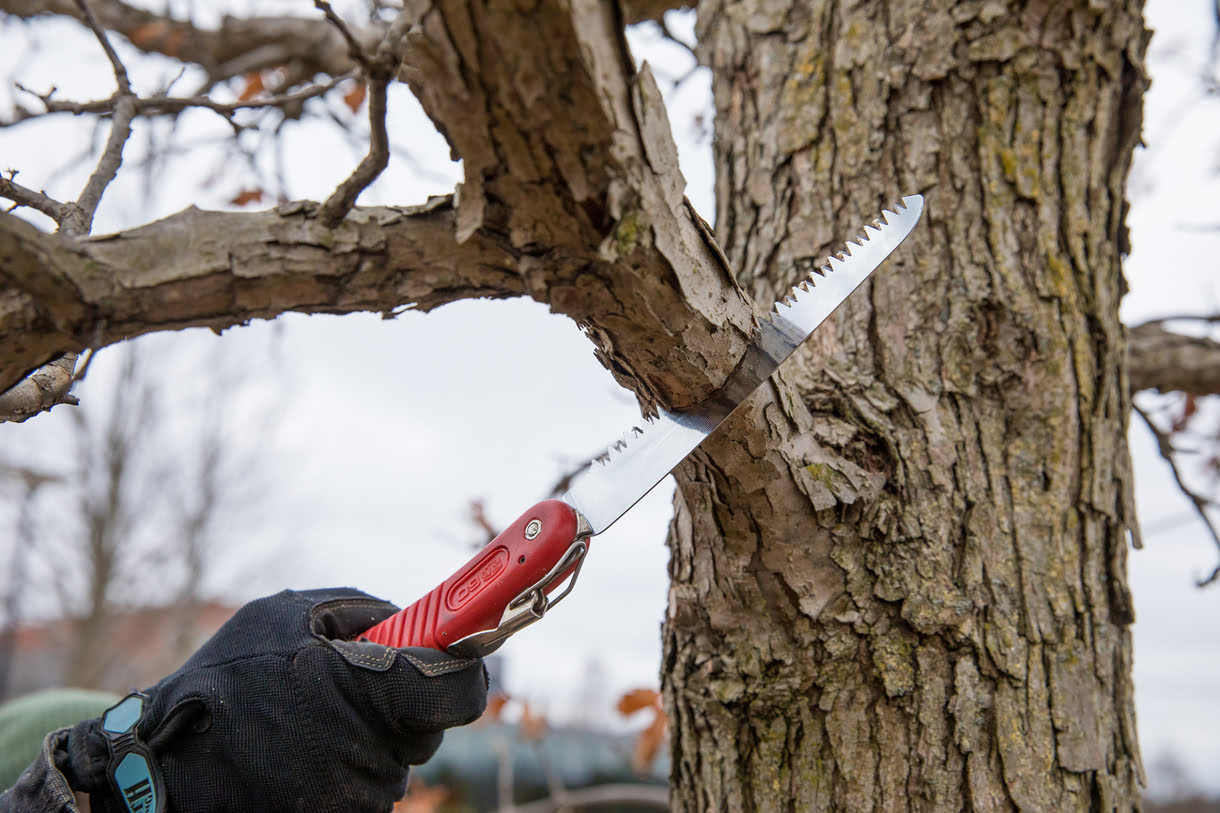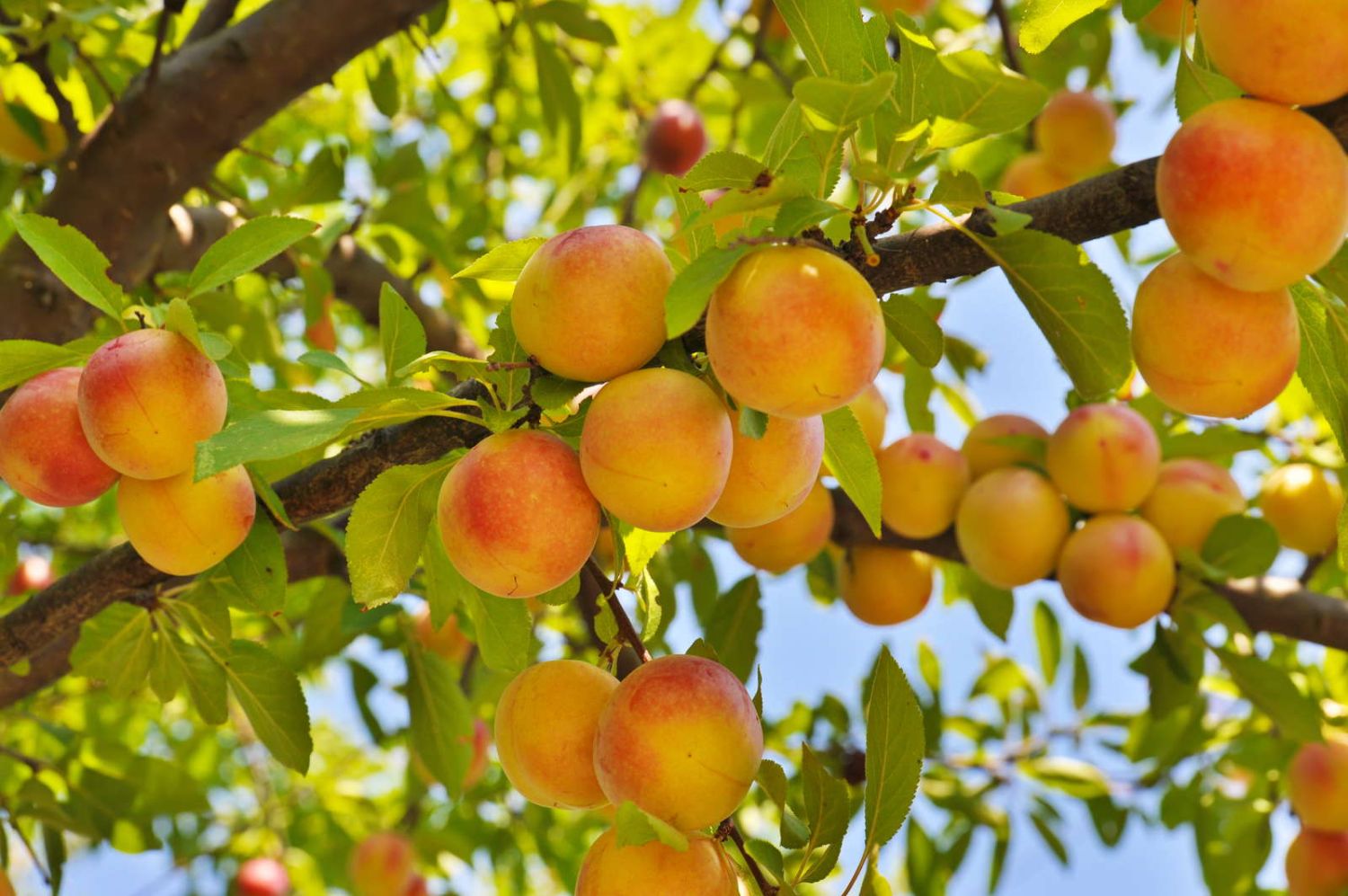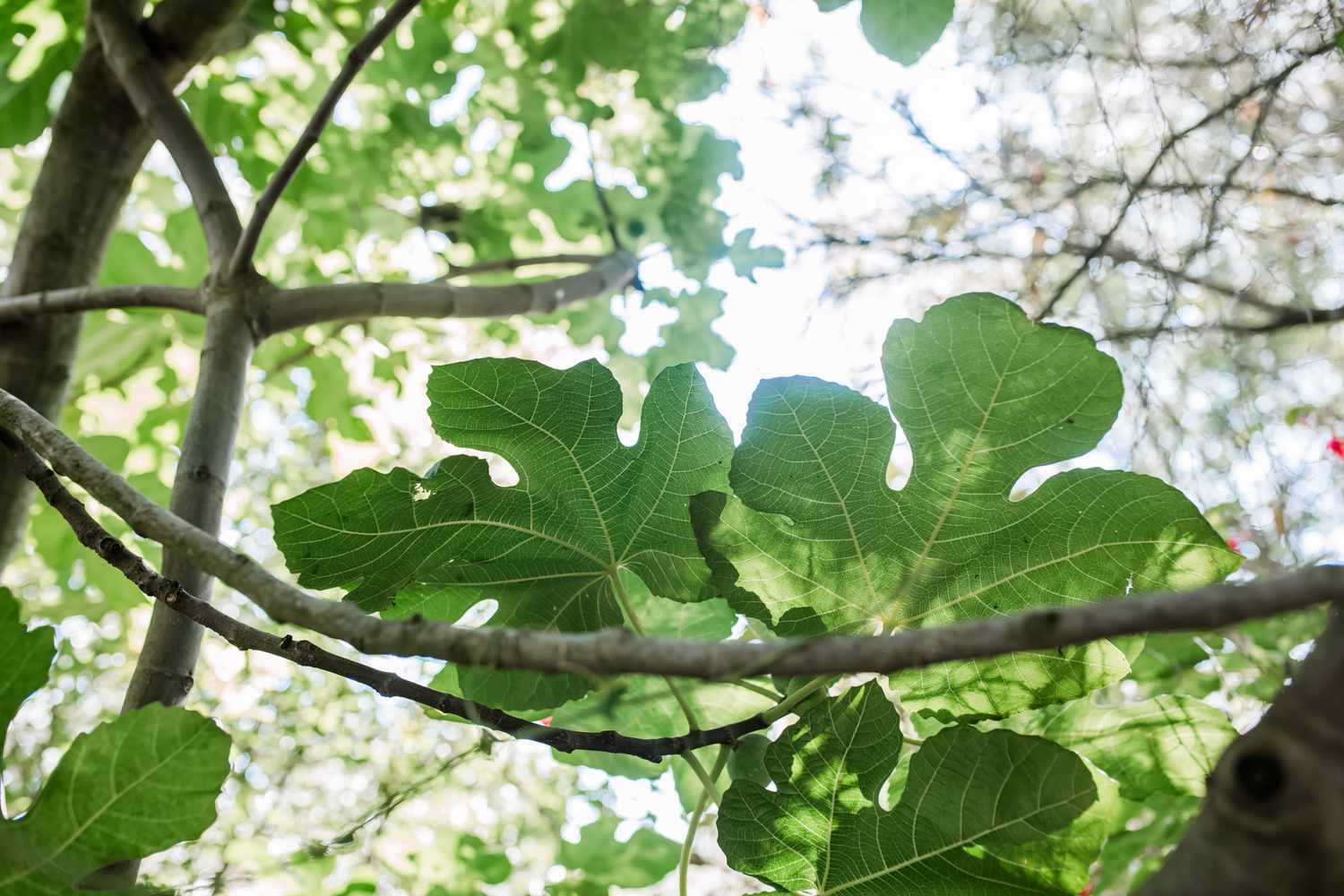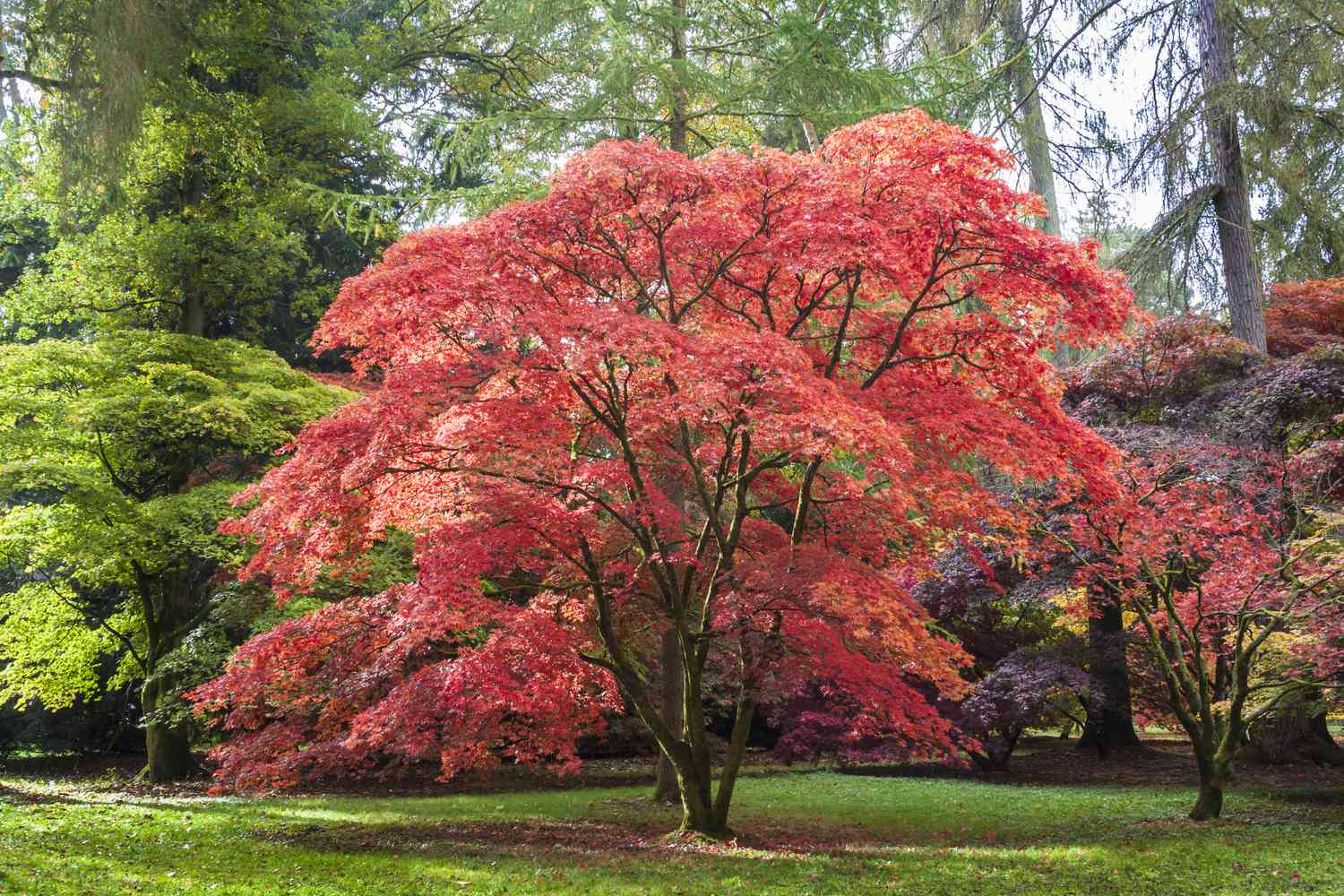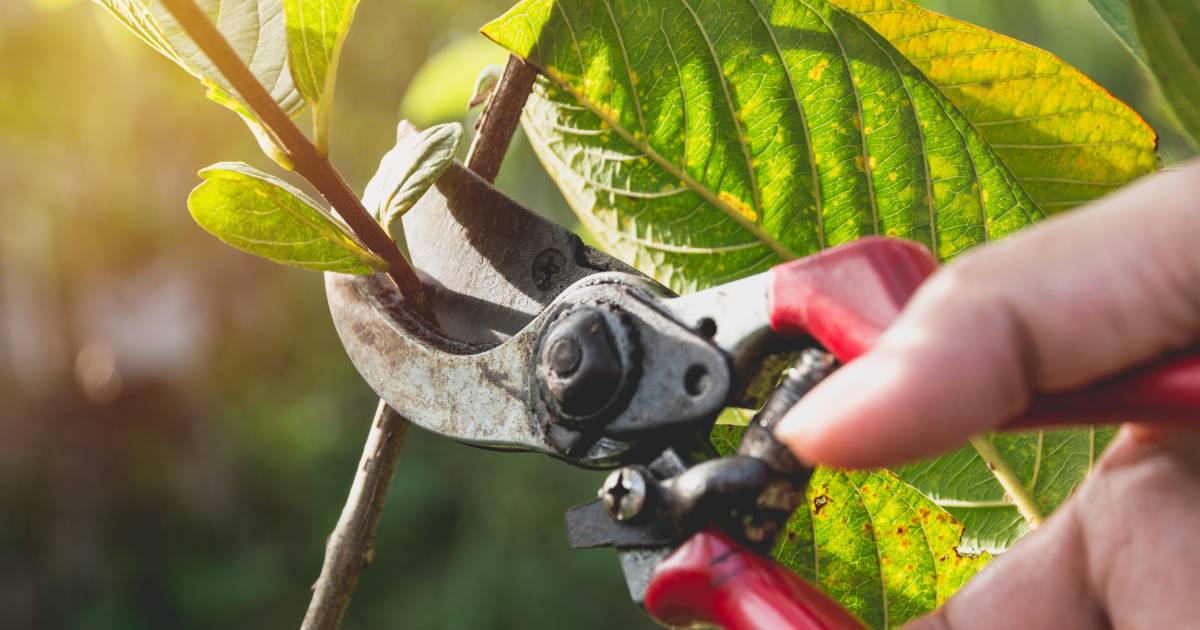Home>Gardening Techniques>Plant Care>When To Prune Crepe Myrtle Trees
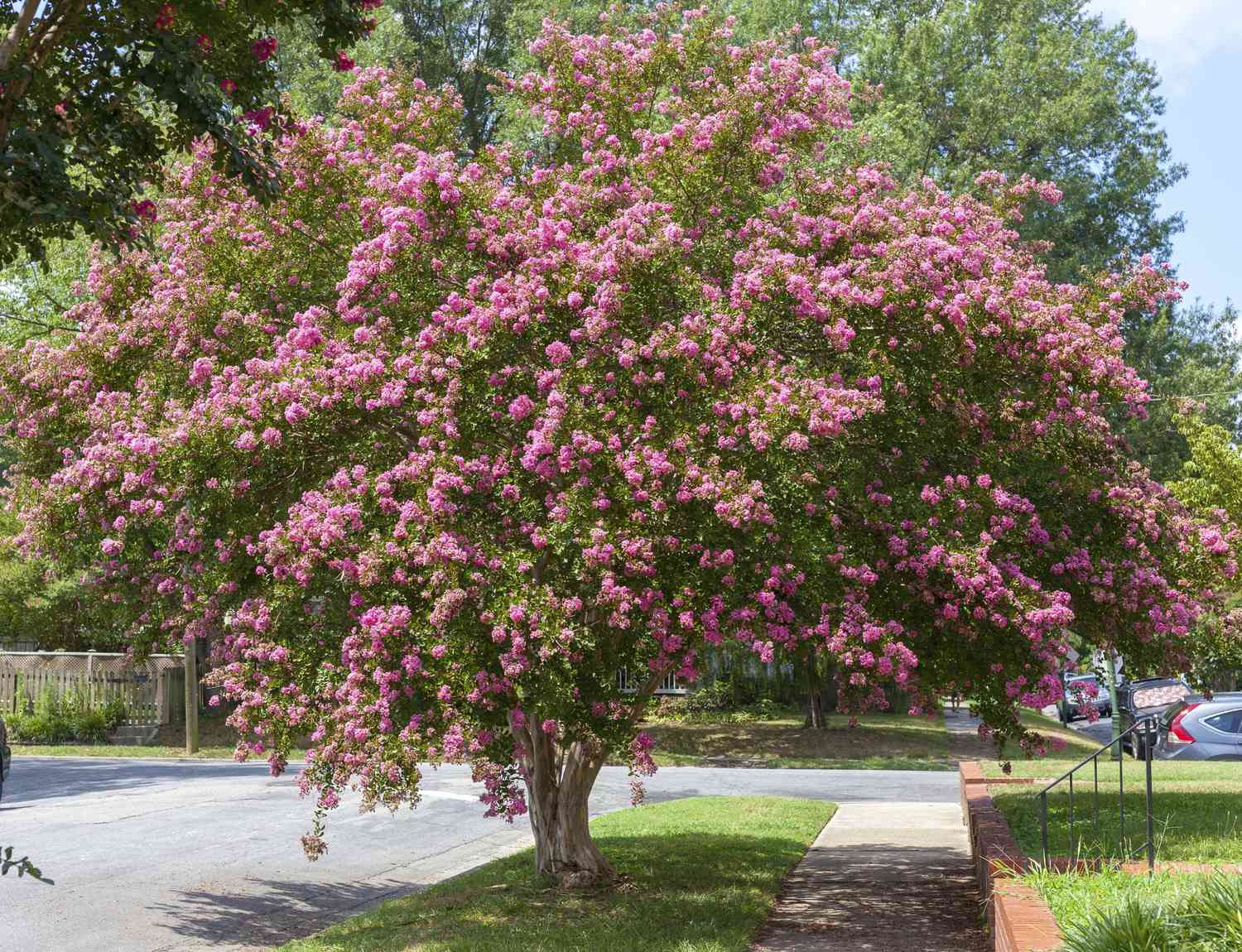

Plant Care
When To Prune Crepe Myrtle Trees
Modified: January 22, 2024
Learn the best time for pruning crepe myrtle trees and essential plant care tips to ensure healthy growth and abundant blooms.
(Many of the links in this article redirect to a specific reviewed product. Your purchase of these products through affiliate links helps to generate commission for Chicagolandgardening.com, at no extra cost. Learn more)
Table of Contents
Introduction
Welcome to the world of crepe myrtle trees! These stunning flowering trees are beloved for their vibrant blossoms and graceful form, making them a popular choice for landscapes and gardens. But like any living organism, crepe myrtle trees require care and maintenance to thrive.
One crucial aspect of crepe myrtle tree care is pruning. Pruning helps maintain the overall health and appearance of the tree, promoting better flower production and overall growth. However, knowing the right time to prune and understanding the correct techniques are essential to avoid damaging the tree.
In this article, we will explore the reasons for pruning crepe myrtle trees, the best time to prune them, and important signs that indicate it’s time for pruning. We will also discuss the proper pruning techniques and common mistakes to avoid. By the end, you will have a comprehensive understanding of the art of pruning crepe myrtle trees, empowering you to care for them with confidence.
So, whether you are a seasoned gardener or a beginner in the world of plant care, keep reading to learn how to best prune your crepe myrtle trees and keep them flourishing for years to come.
Reasons for Pruning Crepe Myrtle Trees
Pruning crepe myrtle trees is a vital part of their care routine. It offers several benefits that contribute to the overall health and aesthetics of the tree. Here are some of the primary reasons why you should consider pruning your crepe myrtle trees:
- Improving the Tree’s Appearance: Pruning helps maintain the desired shape and form of crepe myrtle trees. Removing any dead, damaged, or crossing branches can enhance the tree’s overall beauty and symmetry, creating a more pleasing visual impact in your landscape.
- Encouraging Better Flower Production: By selectively pruning, you can stimulate more abundant blooms on your crepe myrtle trees. Removing older, nonproductive wood and reducing overcrowding within the canopy allows sunlight and air circulation to reach the inner branches, resulting in more vibrant and plentiful flowers during the blooming season.
- Promoting Health and Growth: Proper pruning techniques help improve the overall health of crepe myrtle trees. Removing diseased or infested branches prevents the spread of pests and diseases, safeguarding the tree’s wellbeing. Additionally, selective pruning can redirect the tree’s energy towards developing stronger and healthier branches instead of wasting it on weak or unnecessary growth.
- Enhancing Structural Integrity: Crepe myrtle trees can develop weak or poorly attached branches over time. Pruning can help eliminate these structural issues, reducing the risk of branch breakage during storms or high winds. By removing weak or crossing branches, you enhance the tree’s stability and longevity, ensuring it remains an enduring focal point in your landscape.
- Maintaining Size and Controlling Growth: Crepe myrtle trees can grow vigorously, sometimes exceeding the desired size for your landscape. Pruning can help control their growth and keep them at a manageable height. By selectively removing branches or reducing their length, you can shape the tree to fit the desired space, preventing overcrowding and maintaining a balanced appearance in your garden.
These are just a few of the compelling reasons to prune your crepe myrtle trees. By understanding the benefits, you can make informed decisions about when and how to prune, ensuring the long-term health and beauty of your trees.
Best Time to Prune Crepe Myrtle Trees
Timing is crucial when it comes to pruning crepe myrtle trees. Pruning at the right time ensures optimal growth, flower production, and overall tree health. The ideal time to prune crepe myrtle trees is during their dormant season, which is typically in late winter or early spring before new growth begins.
Pruning during the dormant season allows the tree to recover and heal more effectively. It also minimizes the risk of disrupting the tree’s natural growth cycle or removing potential flower buds. By pruning before new growth emerges, you can shape the tree without sacrificing its ability to produce abundant blooms in the upcoming season.
It’s important to note that crepe myrtle trees can tolerate and recover from pruning even if done at other times of the year. However, pruning during the dormant season is generally recommended to maximize the tree’s potential and minimize potential stress.
While the timing of pruning is important, it’s equally essential to understand the specific techniques involved. When pruning crepe myrtle trees, avoid the common practice known as “topping.” Topping, or severely cutting back the main branches, not only creates an unnatural appearance but also leads to weak regrowth and a higher chance of disease and pest infestation.
Instead, focus on selective pruning to maintain the tree’s natural form and structure. Remove any dead, damaged, or crossing branches, cutting them back to their point of origin. If necessary, thin out the canopy to increase sunlight penetration and encourage air circulation within the tree.
Remember, the goal of pruning crepe myrtle trees is to enhance their natural beauty and promote healthy growth, so always have a clear objective in mind when pruning.
By pruning at the right time and using proper techniques, you can unleash the full potential of your crepe myrtle trees, ensuring they thrive and grace your landscape with their vibrant blooms year after year.
Signs It’s Time to Prune Crepe Myrtle Trees
Knowing when to prune your crepe myrtle trees is essential to maintain their health and appearance. While pruning during the dormant season is generally recommended, there are certain signs that indicate it’s time to prune your trees, regardless of the season. Here are some key signs to look out for:
- Dead Branches: If you notice any dead or diseased branches on your crepe myrtle trees, it’s important to prune them promptly. Dead branches not only detract from the tree’s aesthetics but can also harbor pests and diseases that can spread to healthy parts of the tree.
- Crossing or Rubbing Branches: When branches cross or rub against each other, it can cause damage and create vulnerability for the tree. Pruning these branches will eliminate potential stress points and promote better tree structure and growth.
- Overcrowded Canopy: If the canopy of your crepe myrtle tree is becoming dense or overcrowded, it’s a sign that pruning is needed. Thinning out the canopy allows for better airflow and sunlight penetration, reducing the risk of fungal diseases and promoting healthy growth throughout the tree.
- Weak or Hazardous Branches: Any weak, brittle, or hazardous branches should be pruned as soon as possible. Weak branches can pose a risk during storms or high winds, and they also compromise the overall strength and stability of the tree. Removing these branches will help prevent potential damage and accidents.
- Unbalanced Growth: If you notice that your crepe myrtle tree has uneven or imbalanced growth, it may be time for corrective pruning. By selectively pruning certain branches to encourage growth in others, you can achieve a more balanced and aesthetically pleasing shape for your tree.
It’s worth noting that minor pruning tasks, such as removing spent flowers or small dead branches, can be done throughout the year as needed. However, more extensive pruning should be reserved for the appropriate season to minimize stress on the tree.
By paying attention to these signs and addressing them promptly, you can keep your crepe myrtle trees in optimal condition, promoting their health, and allowing them to flourish in your garden or landscape.
Pruning Techniques for Crepe Myrtle Trees
Pruning crepe myrtle trees requires proper techniques to ensure optimal growth, maintain their natural form, and promote overall tree health. Here are some essential pruning techniques to keep in mind:
- Selective Pruning: Instead of indiscriminately cutting back branches, focus on selective pruning to maintain the tree’s natural shape and structure. Identify and remove any dead, damaged, or crossing branches. Cut them back to their point of origin, making clean and angled cuts just above a bud or lateral branch.
- Avoid Topping: Avoid the common practice known as “topping,” which involves severe pruning of the main branches. Topping leads to weak regrowth, an unnatural appearance, and an increased susceptibility to diseases and pests. Instead, aim for a more natural and balanced look by selectively removing unwanted or unnecessary branches.
- Thinning Out the Canopy: If the canopy of your crepe myrtle tree is dense or overcrowded, thinning it out is beneficial. Remove some of the smaller interior branches to improve airflow and sunlight penetration. This promotes better tree health, reduces the risk of fungal diseases, and encourages vibrant flower production.
- Avoid Over-Pruning: While it’s important to remove dead or diseased branches, avoid over-pruning your crepe myrtle trees. Pruning more than one-third of the tree’s total growth can cause undue stress and negatively impact its overall health. Remember, the goal is to maintain the tree’s natural shape and promote healthy growth, not to drastically alter its size or form.
- Timing of Pruning: Prune your crepe myrtle trees during their dormant season, typically in late winter or early spring before new growth emerges. This allows the tree to recover more effectively and minimizes the risk of removing potential flower buds. However, minor pruning tasks like removing spent flowers or small dead branches can be done throughout the year as needed.
It’s important to note that different varieties of crepe myrtle trees may have specific growth habits and pruning requirements. Before pruning, familiarize yourself with the specific needs of your crepe myrtle variety to ensure you are following the appropriate techniques.
By employing these pruning techniques, you can maintain the health, beauty, and natural form of your crepe myrtle trees, allowing them to thrive and become a stunning focal point in your garden or landscape.
Common Mistakes to Avoid When Pruning Crepe Myrtle Trees
Pruning crepe myrtle trees requires precision and care to ensure their optimal health and appearance. Avoiding common mistakes can help preserve the natural form, prevent damage, and promote healthy growth. Here are some key mistakes to avoid when pruning your crepe myrtle trees:
- Topping: One of the most common mistakes is topping the tree by severely cutting back all the branches to the same height. Topping not only creates an unnatural and unsightly appearance but also leads to weak regrowth and a higher risk of pests and diseases. Instead, focus on selective pruning to maintain the tree’s natural shape and structure.
- Pruning at the Wrong Time: Pruning crepe myrtle trees at the wrong time can disrupt their natural growth cycle and potentially reduce flower production. Avoid pruning during the summer or fall when the tree is actively growing and flowering. Instead, prune during the dormant season, in late winter or early spring, before new growth begins.
- Over-Pruning: Removing more than one-third of the tree’s growth during pruning can stress the tree and hinder its overall health. It’s important to avoid over-pruning and focus on selective removal of dead, damaged, or crossing branches. Maintaining the tree’s natural shape and growth habit is key.
- Using Improper Tools: Another mistake is using improper tools for pruning crepe myrtle trees. Dull or inappropriate tools can cause jagged cuts and damage to the branches, making it harder for the tree to heal properly. Always use sharp, clean pruning shears or loppers to make clean cuts, minimizing the risk of long-lasting damage.
- Ignoring Proper Cuts: Making incorrect cuts can lead to disease entry points and weak regrowth. When pruning, make clean, angled cuts just above a bud or lateral branch. Avoid leaving stubs or cutting too close to the trunk, as this can impede the tree’s ability to heal and increase the risk of infection.
It’s important to remember that crepe myrtle trees are resilient, and they can tolerate some degree of pruning even if mistakes are made. However, by avoiding these common mistakes and following proper pruning techniques, you can help your crepe myrtle trees thrive, ensuring their long-term health and beauty.
Conclusion
Pruning crepe myrtle trees is an essential aspect of their care and maintenance. By understanding the reasons for pruning, the best time to prune, and the signs that indicate it’s time for pruning, you can ensure the health, beauty, and longevity of your crepe myrtle trees.
Remember that pruning should be done selectively, focusing on removing dead, damaged, or crossing branches while maintaining the natural shape and structure of the tree. Avoid common mistakes such as topping, over-pruning, and using improper tools, as these can negatively impact the tree’s health and appearance.
Timing is critical when it comes to pruning crepe myrtle trees. Pruning during the dormant season, before new growth begins, allows the tree to recover more effectively and minimizes the risk of removing potential flower buds. However, minor pruning tasks can be done throughout the year as needed.
By employing proper pruning techniques, you can enhance the tree’s appearance, promote better flower production, and improve its overall health. A well-pruned crepe myrtle tree will not only be a stunning focal point in your landscape but also a resilient and thriving part of your garden.
Whether you are a seasoned gardener or a beginner, the art of pruning crepe myrtle trees can be mastered with a little knowledge and practice. So take the time to observe your trees, identify their specific needs, and give them the care they deserve. Your efforts will be rewarded with flourishing crepe myrtle trees that bring beauty and joy to your outdoor space for years to come.
